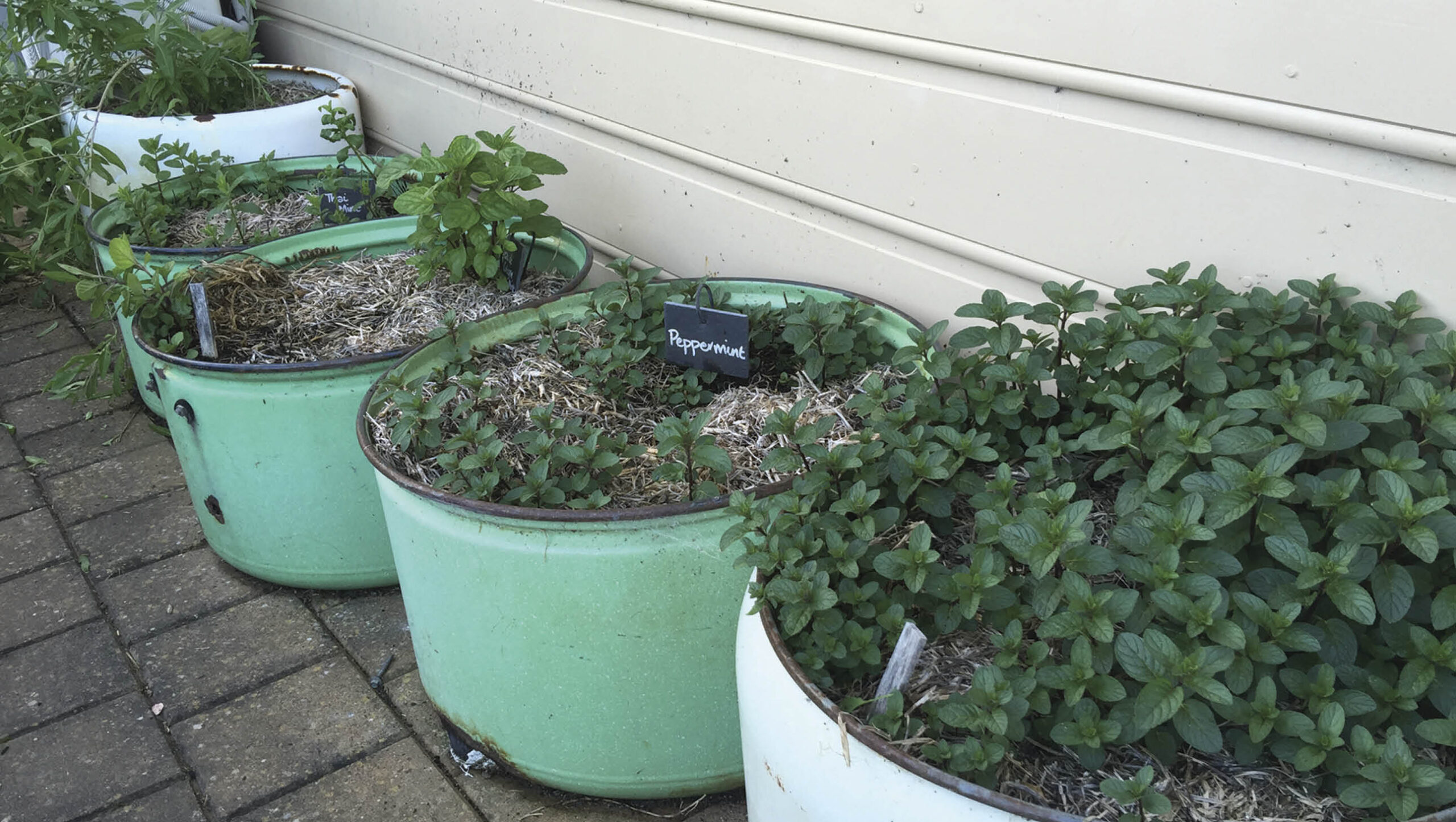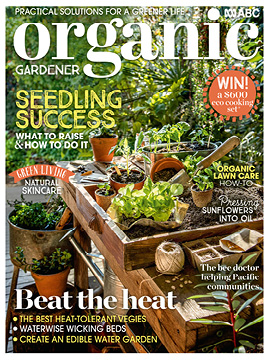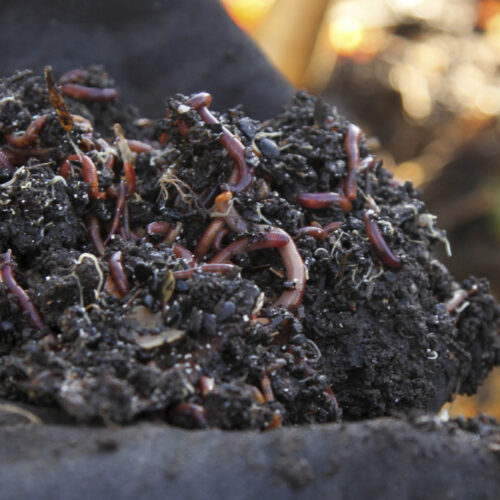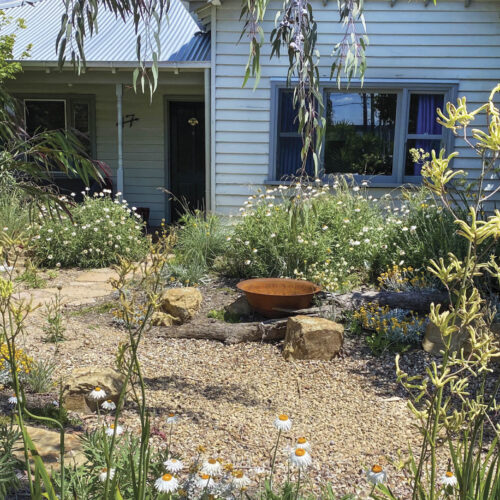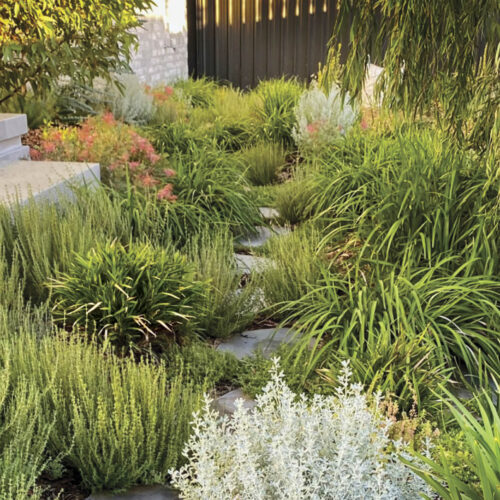Small container wicking beds
2023-10-25T02:57:06+11:00
ABC Gardening Australia’s Sophie Thomson was sceptical about wicking beds but now has 22 and is a convert, saving huge amounts of water, and time, in her vegie garden.
You can grow all vegies in wicking beds, but I focus on the crops most profoundly impacted by heat stress in the warmer weather, such as lettuce and other leafy greens such as bok choy. I avoid large sprawling crops, such as pumpkins or my large vertical vegies, simply because I would need one bed per plant. I also prefer to grow garlic in the ground.
Wicking works wonders for vegies, but you still have to mulch, protect and feed your plants, although I do fertilise less often as the nutrients don’t wash away. Finally, when one crop has finished and I replant another, I do add in more compost as I would in any other garden bed. Happy wicking!
Small container wicking
I have seen people create mini wicking beds in styrofoam boxes, which I’ve used to grow vegies for garden show displays. However, when I have brought them home to my garden I have observed two things (which may be peculiar to our hot summers and UV). Firstly, they are not UV stable and within a relatively short time they become brittle and break, and even have foam blowing off in the wind. I am told that if you paint them this makes them UV stable, but it seems like a lot of work for a fragile, temporary vegie bed. The second is that my chooks and ducks love to peck at the styrofoam and eat it, which is not good!
Instead, I have made my version of mini wicking beds in old washing machine drums, which house my collection of eight different mints for making herb tea. You can’t plant these in the garden as they need too much water or become invasive. By keeping them separate, I know what’s what. You could also make a mini wicking bed in any large pot or wine barrel, or the 200L blue plastic drums cut in half.
You can learn about how wicking beds work and how best to use them in Sophie’s full article, which is in our Early Summer 2023 issue (OG 145) — you can get a copy delivered to your door here!

